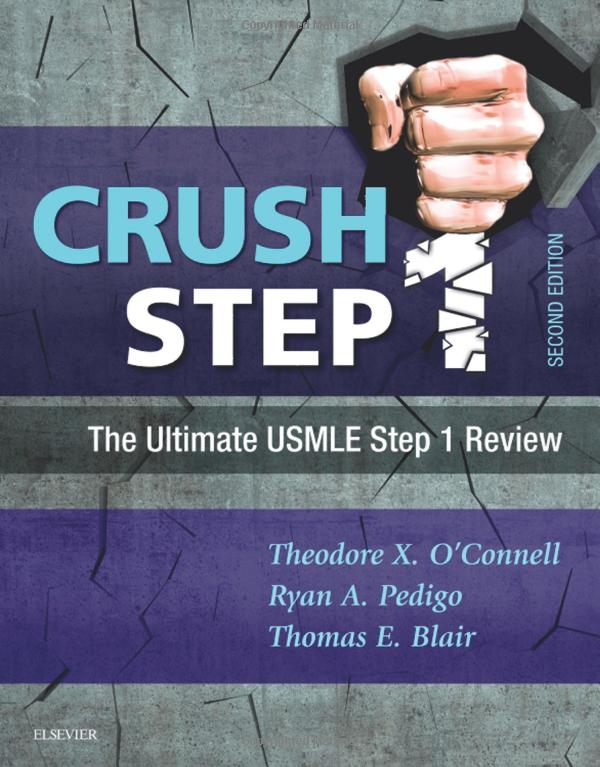A 39-year-old man comes to the physician complaining of night sweats and low-grade fevers for the past two weeks. His past medical history includes asthma and allergic rhinitis. His father has diabetes mellitus type II, and his mother has systemic lupus erythematosus. He consumes an average of three beers per week and has smoked one pack of cigarettes per day for the past fourteen years. On further questioning, the patient admits he occasionally self-administers heroin injections on the weekends. His temperature is 37.8°C (100.1°F), blood pressure is 132/76 mmHg, heart rate is 75 beats/minute, and respirations are 17/minute. Physical examination is unremarkable. He undergoes p24 antigen testing and is ultimately diagnosed with HIV infection. His physician recommends initiation of antiretroviral therapy and prescribes a medication whose enzyme kinetics are shown in the Lineweaver-Burk plot below.
Based on the information provided in the plot (see figure below), which of the following antiretroviral drugs did the physician most likely prescribe?
B) Delavirdine
The Lineweaver-Burk plot can be used to visualize the type of inhibition that a drug exerts on an enzyme. Understanding how an enzyme's V and Km are represented in the plot is essential for answering these types of questions on the USMLE exam.
- V is the “velocity,” or the rate at which an enzyme works on its substrate; Vmax is the enzyme's maximum rate. On the Lineweaver-Burk plot, the y-axis is 1/V, or the inverse of the velocity. The y-intercept (where the line crosses the y-axis) is 1/Vmax. Thus, the steeper the slope of the line, the higher the y-intercept, the larger the value of 1/Vmax, and the smaller the enzyme's velocity Vmax.
- Km represents the inverse of an enzyme's affinity for a substrate S (so an increasing Km indicates a decreasing affinity for substrate). On the Lineweaver-Burk plot, the x-axis is 1/[S], or the inverse concentration of the substrate. The x-intercept (where the line crosses the x-axis) is –1/Km. Thus, as the line shifts to the right, the x-intercept approaches 0, Km increases, and the enzyme's affinity for substrate decreases.
The two most common types of inhibition are competitive inhibition and noncompetitive inhibition.
- A competitive inhibitor structurally looks like the enzyme's normal substrate and will “compete” with the substrate for the enzyme's active site. A competitive inhibitor therefore lowers the enzyme's affinity for the substrate, increasing Km. There is no effect on Vmax. On the Lineweaver-Burk plot, since only Km increases, the x-intercept approaches 0 but the y-intercept (1/Vmax) remains unchanged.
- A noncompetitive inhibitor will inhibit the enzyme at a site that is different than the active site, lowering the enzyme's Vmax. There is no effect on Km. On the Lineweaver-Burk plot, since only Vmax decreases, the y-intercept (1/Vmax) increases but the x-intercept (-1/Km) remains unchanged.
In this question, the red line in the plot demonstrated noncompetitive inhibition: the x-intercept (-1/Km) is unchanged, and the y-intercept (1/Vmax) has increased. Delavirdine (Choice B) is a Non-nucleoside Reverse Transcriptase Inhibitor (NNRTI), which binds to a site that differs from the active site of HIV reverse transcriptase and noncompetitively inhibits the enzyme.
Choices A and D: Darunavir and dolutegravir inhibit HIV protease and HIV integrase, respectively; they do not inhibit reverse transcriptase.
Choices C and E: Didanosine and zidovudine are Nucleoside Reverse Transcriptase Inhibitors (NRTI) and resemble the normal nucleoside substrates of HIV reverse transcriptase, thereby competitively inhibiting the enzyme. The Lineweaver-Burk plot in the question displayed noncompetitive inhibition, not competitive inhibition.
Key Learning Point
On the Lineweaver-Burk plot, competitive inhibition is marked by a rightward-shift (x-intercept approaches 0, y-intercept is unchanged), whereas noncompetitive inhibition is marked by an increase in slope (y-intercept increases, x-intercept is unchanged). NNRTIs such as delavirdine inhibit HIV reverse transcriptase noncompetitively.



